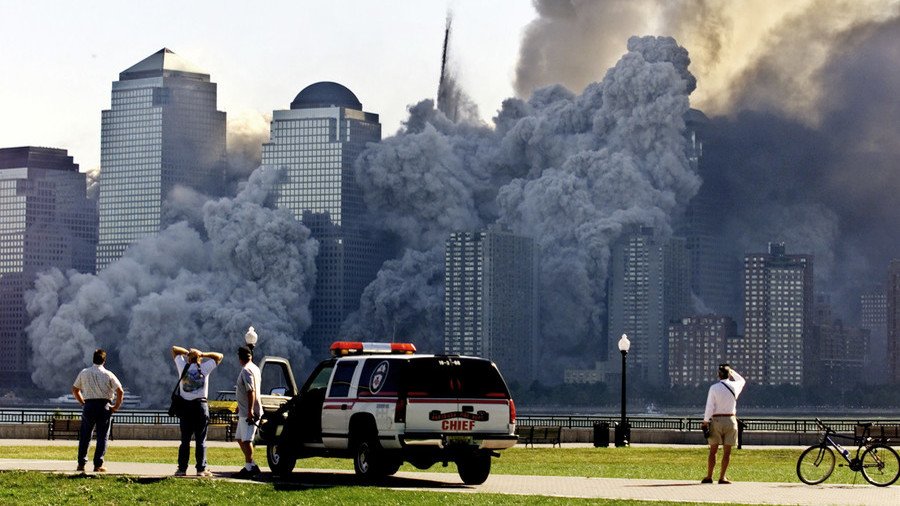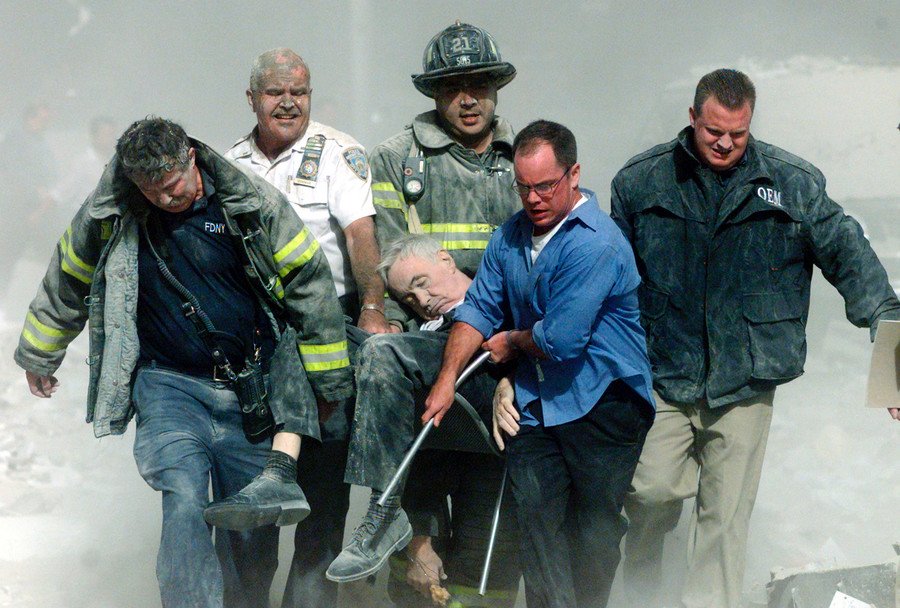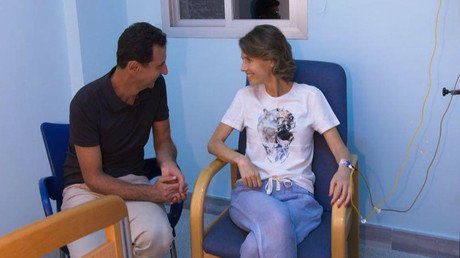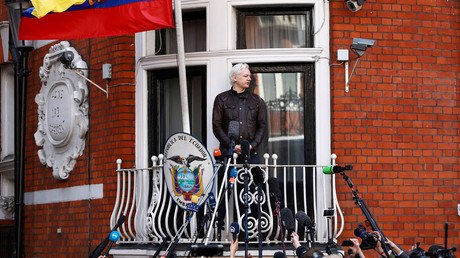Toxic 9/11 dust & smoke linked to nearly 10,000 cancer cases in New York

Almost 10,000 people have a cancer diagnosis that is somehow linked to breathing in hazardous particles following the September 11 Twin Tower terrorist attack in New York City, the Post has learned.
Inhaling particles from the leaked jet fuel, asbestos, cement dust and glass shards following the destruction of the World Trade Center has led to cancer proliferation among at least 9,795 first responders and other New Yorkers, the federal World Trade Center Health Program revealed to the New York Post.
The numbers continue to grow exponentially ever since the program at Mount Sinai Hospital kicked off in 2013. In 2015 the number of 9/11 cancer-linked patients stood at 3,204 while the next year it jumped to 8,188.

“We get these referrals 15 to 20 times a week,” said Dr. Michael Crane, medical director of the WTC Health Program, noting that 17 years following the tragedy older people tend to turn for medical help more often. “In an aging population, you’re going to see a rising cancer rate, no matter what.”
15 years after 9/11: Emergency responders and civilians turning up with record rates of cancer
Since the tragedy, more than 1,700 affected persons have died, including 420 of those stricken with cancer, officials told the publication. First responders tend to suffer from thyroid cancer and skin melanoma and also face a higher risk of bladder cancer. The rest of New Yorkers exposed to toxic dust exhibit higher-than-normal rates of breast cancer and non-Hodgkin’s lymphoma. Leukemia and other blood-cell disorders have also been noted to be on the rise, Crane said.
Like this story? Share it with a friend!














